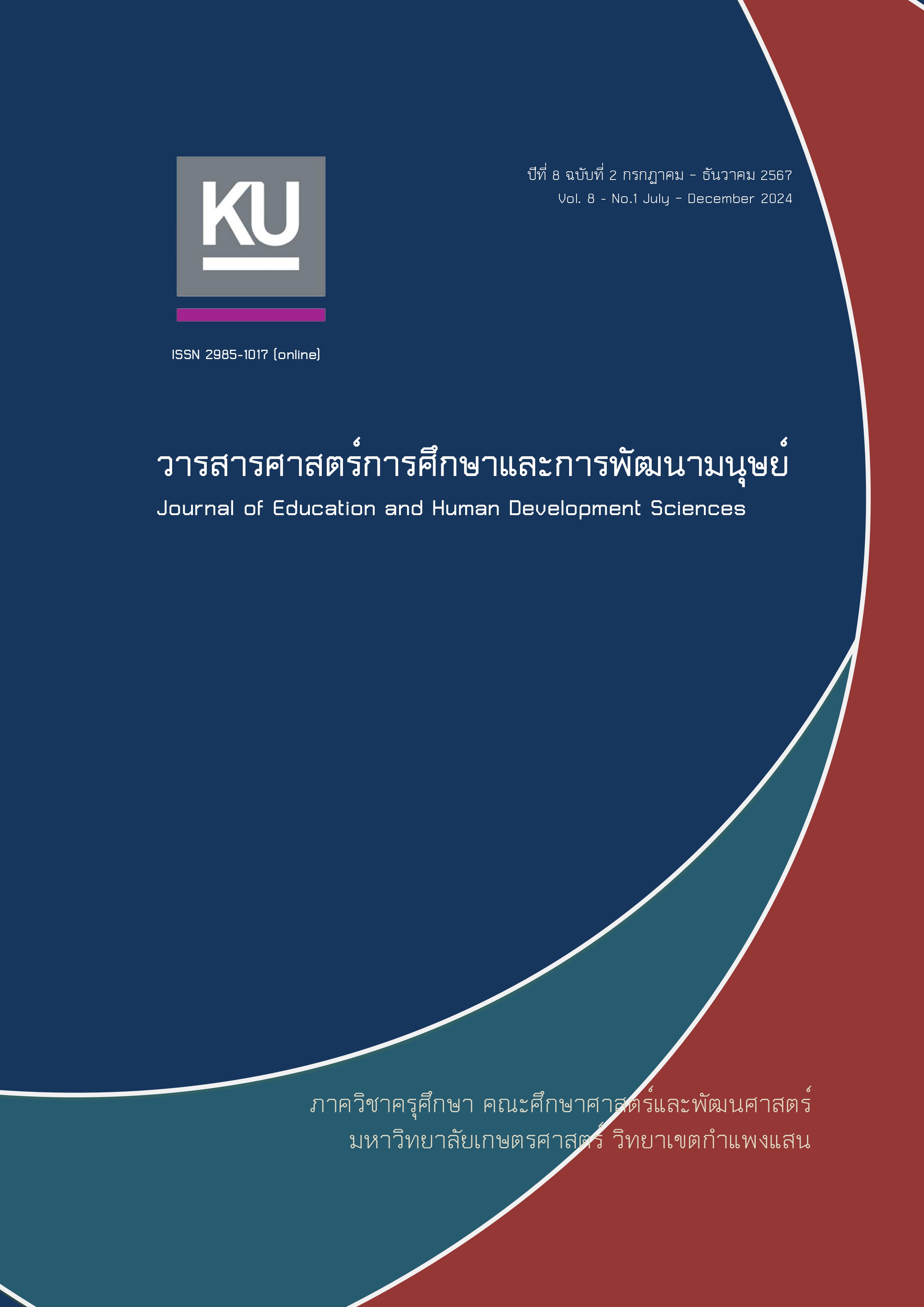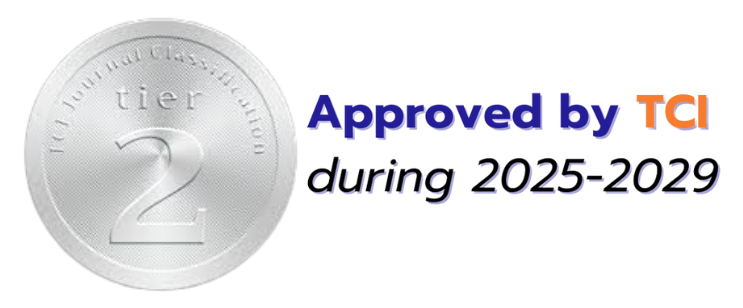Analysis of Ella Fitzgerald's Use of Rhythm and Scales in the Song "How High the Moon"
Keywords:
Jazz music, Ella Fitzgerald, Scat, Rhythm, ScaleAbstract
This article focuses on the study and analysis of Ella Fitzgerald's use of rhythm and scales in the song "How High The Moon" during her 1966 live performance. This song is renowned for its vocal techniques and requires advanced singing skills to create a colorful performance. It is considered one of the most famous songs for its use of scat singing combined with Ella Fitzgerald's scales. The article presents the elements of scale usage, modes, and various rhythms with two objectives: 1) the use of rhythm in Ella Fitzgerald's scat singing and 2) the use of scales, modes, and arpeggios.
The analysis reveals that:
In her scat singing, Ella Fitzgerald employs a variety of rhythmic techniques. These include the use of whole notes and half notes, which uniquely help to slow down and change the phrasing of the song, quarter notes that emphasize the pulse and drive of the rhythm in the song, and eighth notes to highlight swing rhythm, creating a distinctive syncopation.
The use of scales, modes, and arpeggios plays a significant role in creating the high-level vocal improvisation, arranging note groups, and producing unequal intervals. Scales assist in propelling the scat singing during the upbeat, modes help in driving the downbeat, and there is frequent use of 7th chords combined with arpeggios, which makes the chords more interesting and colorful, especially with the 9th, 11th, and 13th notes of the scale.
Educators, learners, and those interested in improvisational techniques and scat singing can apply these findings to gain a better understanding of creating colorful musical performances in the future. This also provides a unique and non-repetitive auditory experience during performances.
Downloads
References
Assawadecharit, T. (2019). The method of music practice for students’ further development.
Payap University Journal, 29(1), 1-11. [translated]
Euprasert, P & Trakulhun, W. (2019). Six jazz instrumental improvisations adapted
for vocal. Rangsit Music Journal, 14(1), 112-127. https://so06.tcithaijo.org/index.php/
rmj/article/view/168527/121267 [translated]
Fitzgerald, E. J. (1960). How High the Moon [Capitol Records]. California: Verve Records.
Friedwald, W. (1996). Jazz Singing: America's Great Voices from Bessie Smith to Bebop and Beyond.
Boston: Da Capo Press.
Giddins, G. (2004). Weather Bird: Jazz at the Dawn of Its Second Century. New York:
Oxford University Press.
Gioia, T. (2011). The History of Jazz. New York: Oxford University Press.
Gitler, I. (1985). Swing to Bop: An Oral History of the Transition in Jazz in the 1940s.
New York: Oxford University Press.
Gourse, L. (2002). Ella Fitzgerald: The Chick Webb Years & Beyond. Boston: Da Capo Press.
Laohverapanich, T. (2019). Jazz theory and improvisation. Bangkok: Chulabook. [translated]
Lertsatakit, W. (2014). Jazz Guitar Method : Jazz Blues Soloing I. Bangkok: Silpakorn University.
[translated]
Nicholson, S. (1994). Ella Fitzgerald: A Biography of the First Lady of Jazz. Boston: Da Capo Press.
Porter, L. (1998). John Coltrane: His Life and Music. Michigan: University of Michigan Press.
Sukittiwong, P. (2014, April-June). Proposed guidelines for organizing music instruction to develop
jazz improvisation skills in blues form for undergraduate students. OJED, 9(2), 174-186.
https://so01.tci-thaijo.org/index.php/OJED/article/view/20319/17650 [translated]
Vongtaradon, S. (2012). Jazz Theory 1. Bangkok: Wongsawang Publishing and Printing Co.,Ltd.
[translated]
Vongtaradon, S. (2015). Jazz Theory 2. Bangkok: Silpakorn University. [translated]
Downloads
Published
Issue
Section
License
Copyright (c) 2024 Journal of Education and Human Development Sciences

This work is licensed under a Creative Commons Attribution-NonCommercial-NoDerivatives 4.0 International License.







